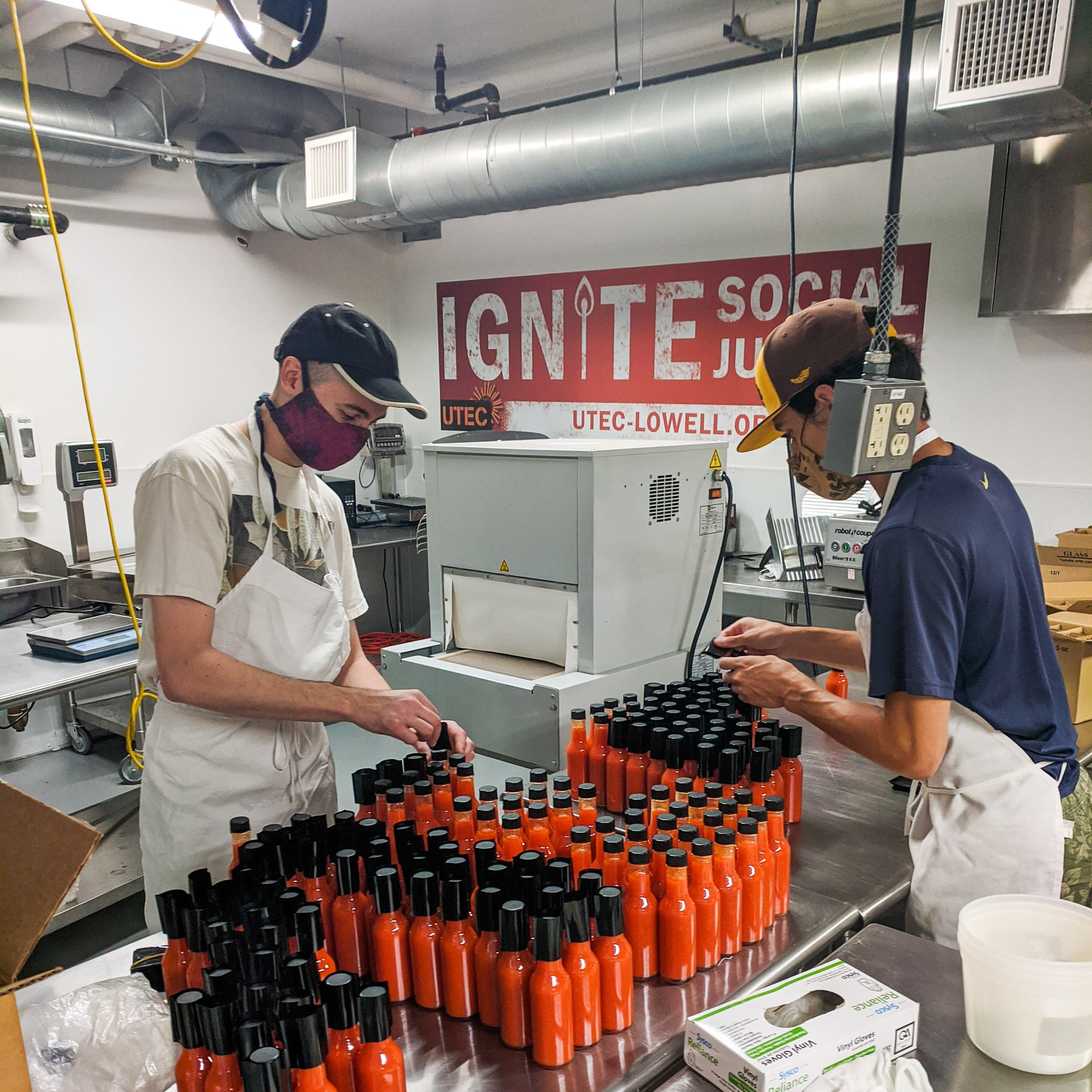10 years of experience as a food machinery equipment manufacturer
10 years of experience as a food machinery equipment manufacturer
Efficient kitchen operations rely heavily on properly utilized equipment, and sauce dispensing carts in food factories are no exception. These specialized units, designed for accuracy, hygiene, and speed, are essential in high-volume settings. Mastering their use ensures consistent product quality, minimizes waste, and enhances overall workflow. Understanding the key operational steps can significantly elevate a chef’s efficiency and precision when dealing with large quantities of sauces, dressings, or condiments.

Before engaging with the cart, select an optimal location. The surface should be level, clean, and dry to prevent accidental tipping or slipping. Position the cart close enough to the designated filling or preparation station to minimize unnecessary movement during operation, but ensure ample space exists around it for free wheel movement and safe access. Always engage the wheel brakes securely to lock the cart firmly in place before proceeding. Verify that the surrounding area is clear of obstacles or trip hazards, promoting a safe environment for both the user and passersby.
Thorough preparation is critical for smooth dispensing. Sanitize all accessible external surfaces, including handle grips and the dispensing nozzle assembly area, using approved food-safe cleaning agents and protocols. Confirm the sauce container (often a food-safe bag or durable bin) is securely seated within the cart’s holding chamber according to the manufacturer’s specifications. Visually inspect the attached dispensing hose and nozzle for any signs of damage, blockages, or residue from previous use. If applicable, prime the dispensing system according to the cart’s specific mechanism – this might involve pumping action or opening valves – to ensure an immediate, consistent flow once dispensing begins.
Operate the dispensing mechanism with deliberate control. Familiarize yourself with the actuation method (lever, button, trigger) and practice using it with the correct grip and motion. Apply consistent pressure to the lever or trigger to maintain a steady flow rate, preventing sudden spurts or inconsistent portioning. Hold the nozzle directly over the target vessel or surface, maintaining a suitable distance to prevent splashing or cross-contamination – typically a few inches above is effective. Keep the hose stable and avoid kinks or bends that could restrict flow. Pay close attention to portion sizes or fill levels, utilizing the cart’s mechanisms for accuracy. Many models feature metered dispensing options or sight gauges to aid in this precision.
Cleaning protocols must commence immediately after each sauce batch is dispensed or whenever switching between different products to prevent flavor transfer or bacterial growth. Isolate the dispensing system by locking any valves or removing sections if possible according to the cart’s design. Carefully disassemble the dispensing nozzle, couplings, and hose sections if designed for separation. Flush the entire dispensing pathway thoroughly with hot water according to the manufacturer’s recommended pressure and procedure, ensuring all sauce residue is rinsed away. Use approved detergents and sanitizers for a complete clean on disassembled parts and the nozzle exterior. Scrub all components meticulously, rinse thoroughly, and allow them to air-dry completely on a clean rack before reassembly or next use.
Once cleaned and dried, the cart must be stored correctly. Securely store any remaining unused sauce according to safe food handling principles – refrigeration times and temperatures may apply depending on the product. Reassemble all cleaned and dried parts of the dispensing system correctly. Ensure the interior chamber where the sauce container sits is wiped down and completely dry. Store the cart in a designated, clean, dry storage area away from potential impacts and contamination sources. Regularly inspect wheels, brakes, structural integrity, and the dispensing mechanism for wear and tear. Adhere strictly to the manufacturer’s scheduled maintenance plan for lubrication and component checks to ensure longevity and operational safety.
Effectively managing a food factory sauce dispensing cart goes beyond mere operation; it demands a disciplined adherence to protocols covering placement, preparation, dispense control, cleaning, and storage. By mastering these five fundamental steps, chefs and kitchen managers can harness the full potential of this equipment. The result is not only significant time savings and reduced product waste through precise portioning, but also a demonstrably cleaner and safer food production environment achieved through rigorous hygiene practices. Proper cart utilization is ultimately an investment in food quality, kitchen efficiency, and workplace safety, contributing to the seamless operation of any high-volume culinary facility.
